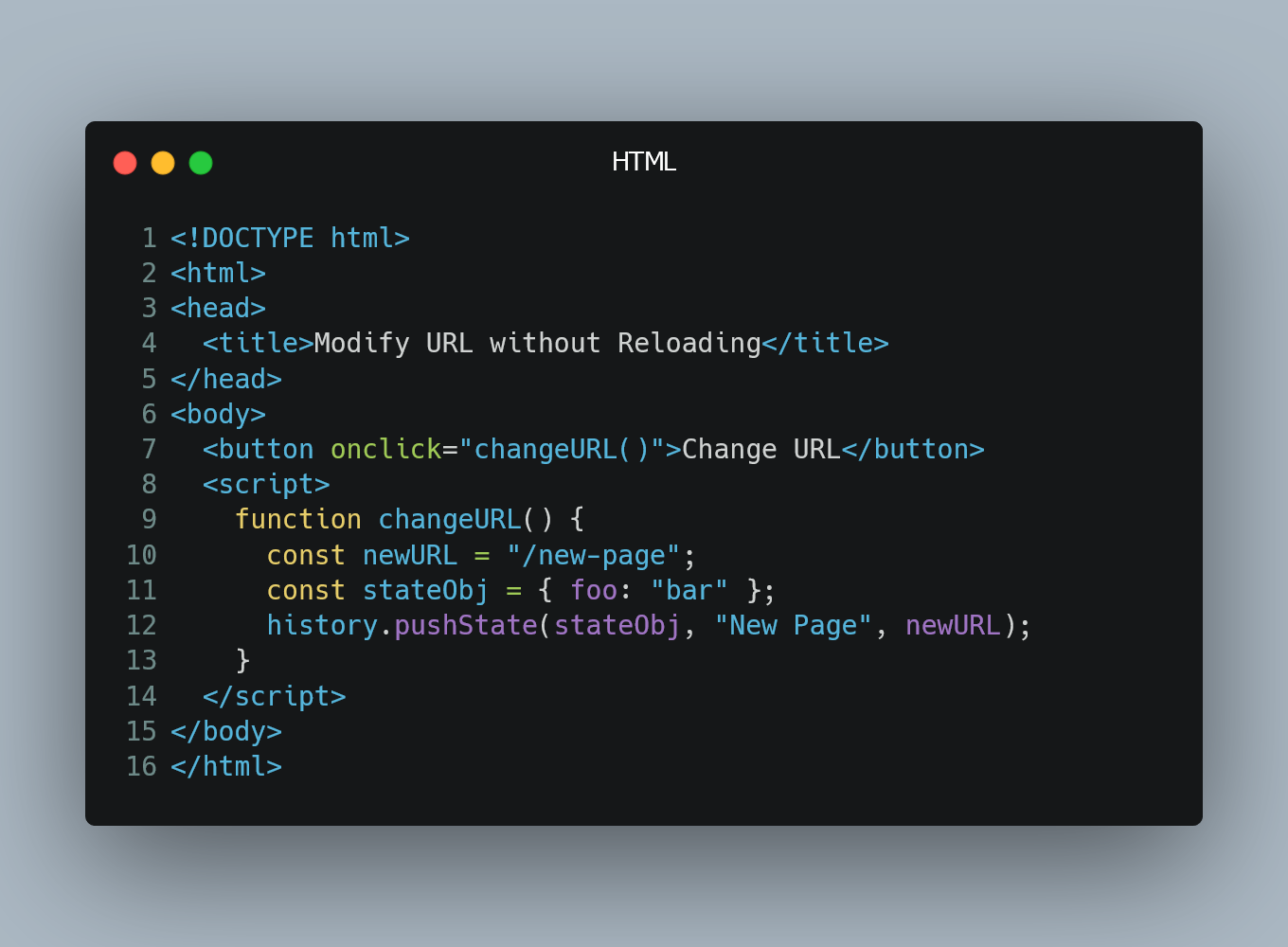Setting the Default Node Version using NVM
NVM (Node Version Manager) is a popular tool that allows you to manage multiple Node.js versions on your system. By default, when you install NVM, it...
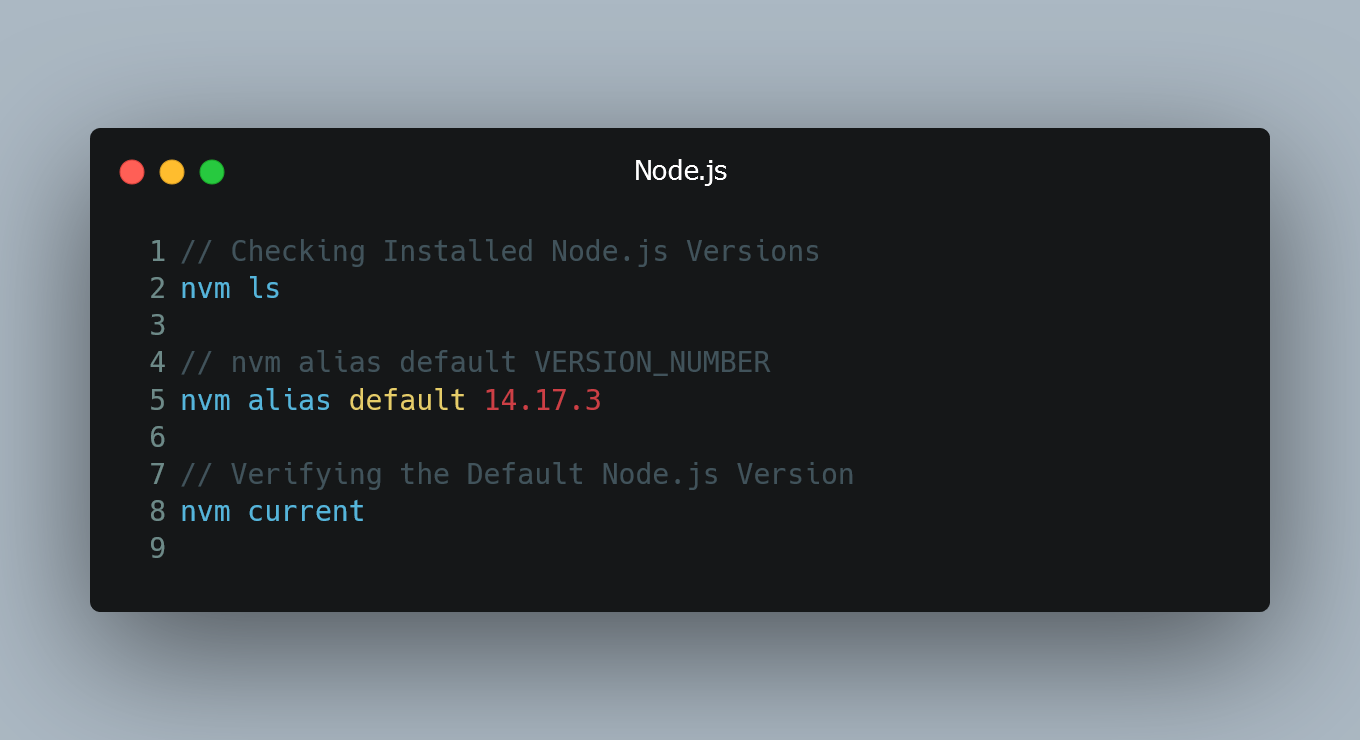
React-router URLs dont Work When Refreshing or Writing Manually
When using React Router to handle routing in a Single Page Application (SPA), you may encounter an issue where the URLs work fine when navigating thro...
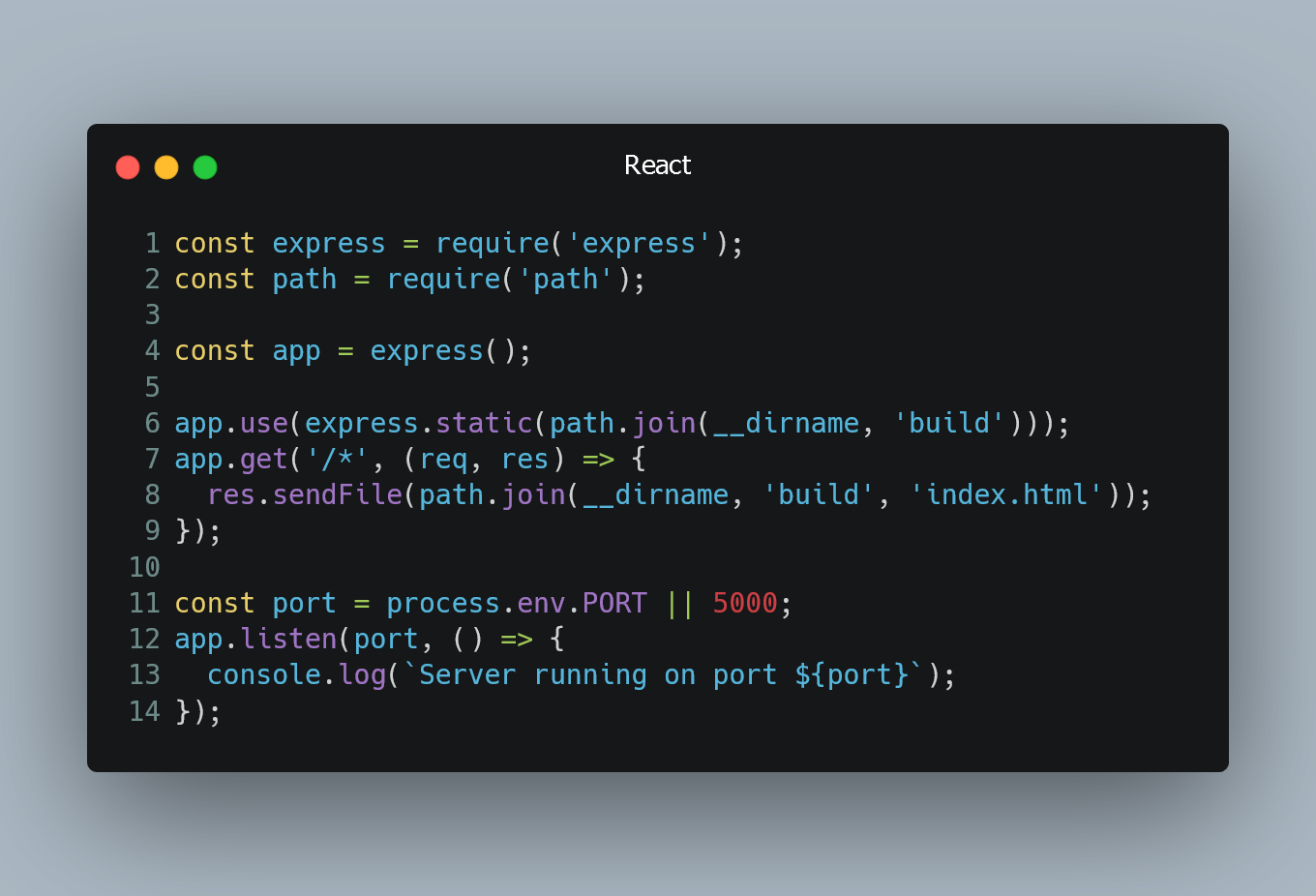
Recursively Grep All Directories and Subdirectories
To search for a specific pattern in all directories and their subdirectories in Linux, you can use the grep command with the -r option.
Using the grep...
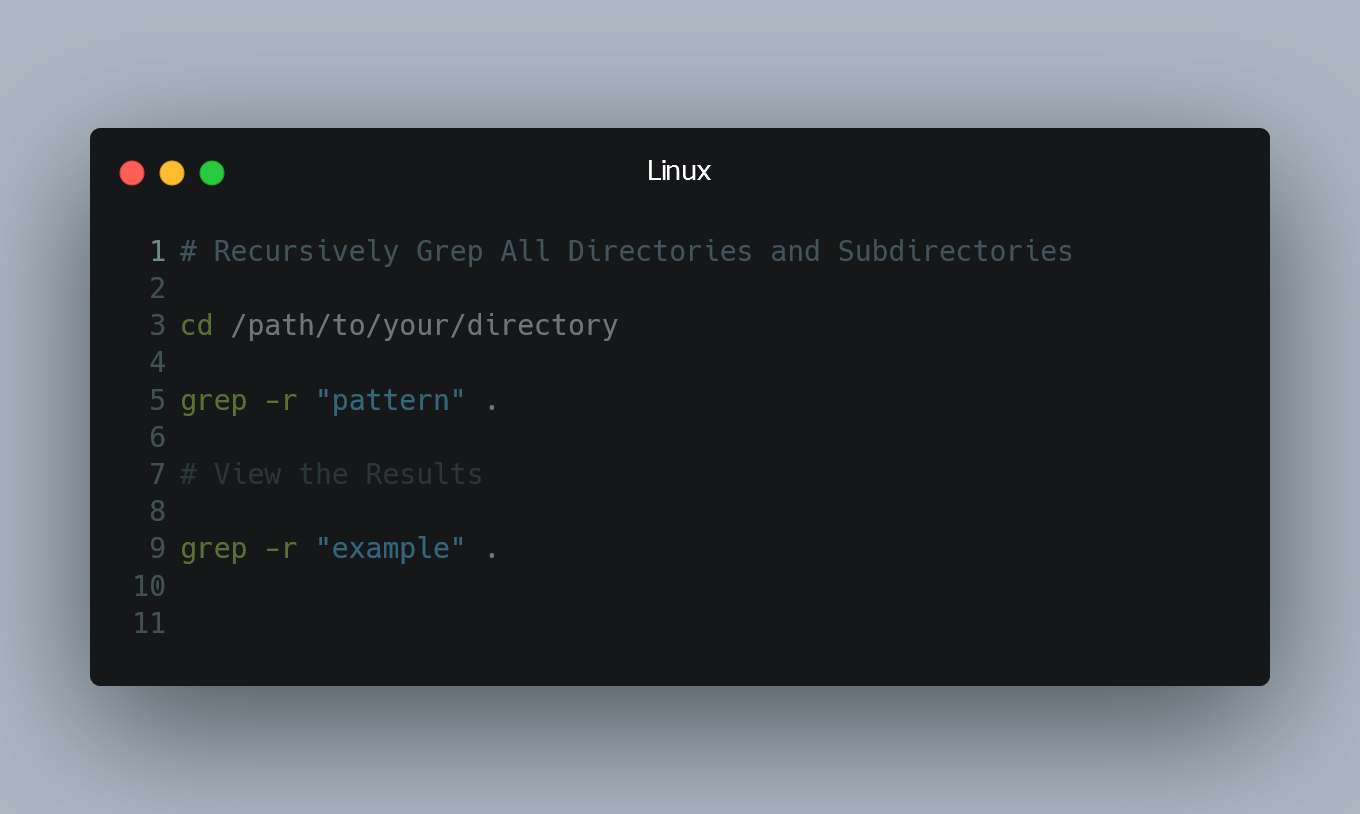
Making a Div 100% Height of the Browser Window
This div will take up 100% height of the browser window.
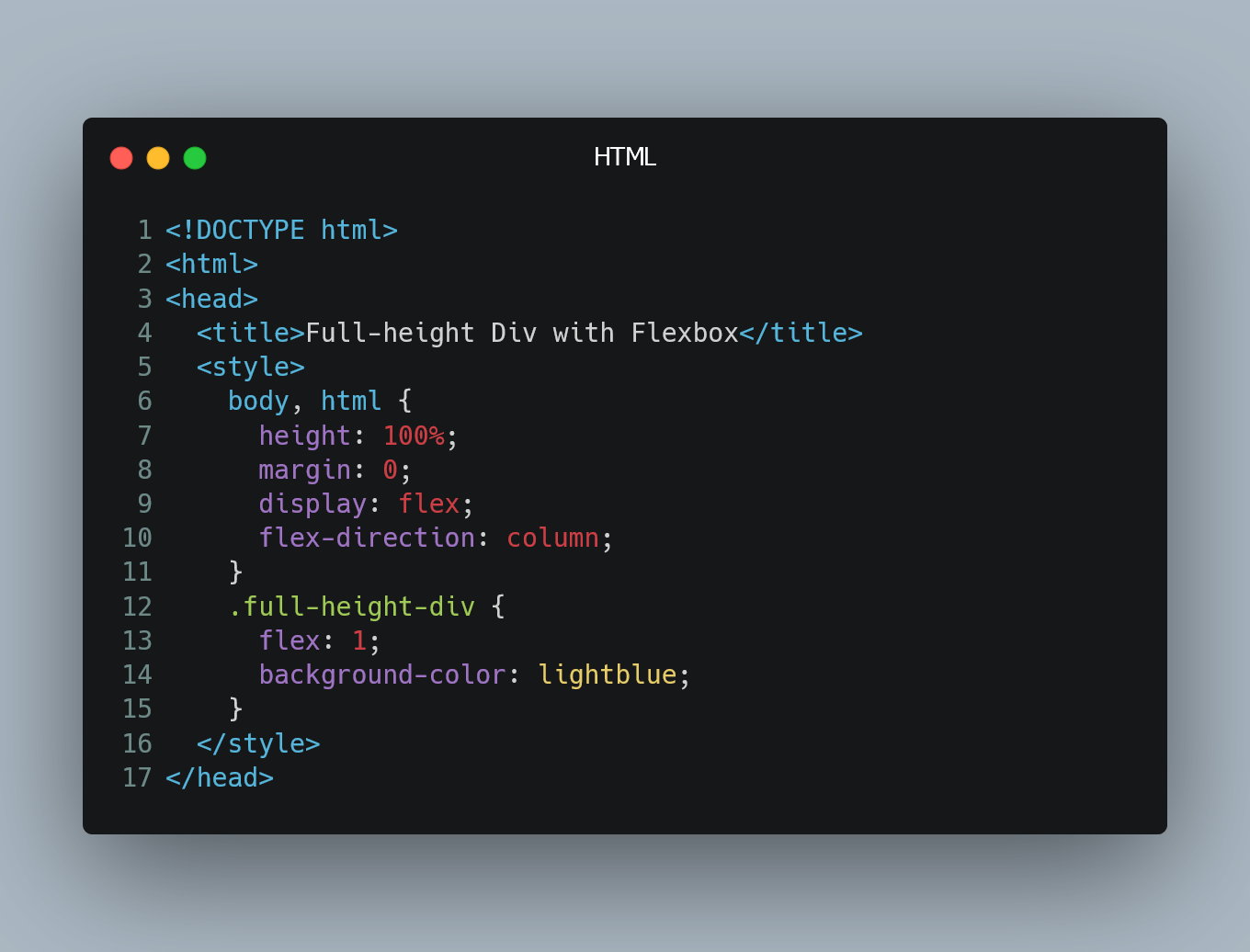
Converting a String to Enum
In TypeScript, you can convert a string to an enum value by using the enum and valueOf() method. Enumerations, or enums, provide a way to define a set...
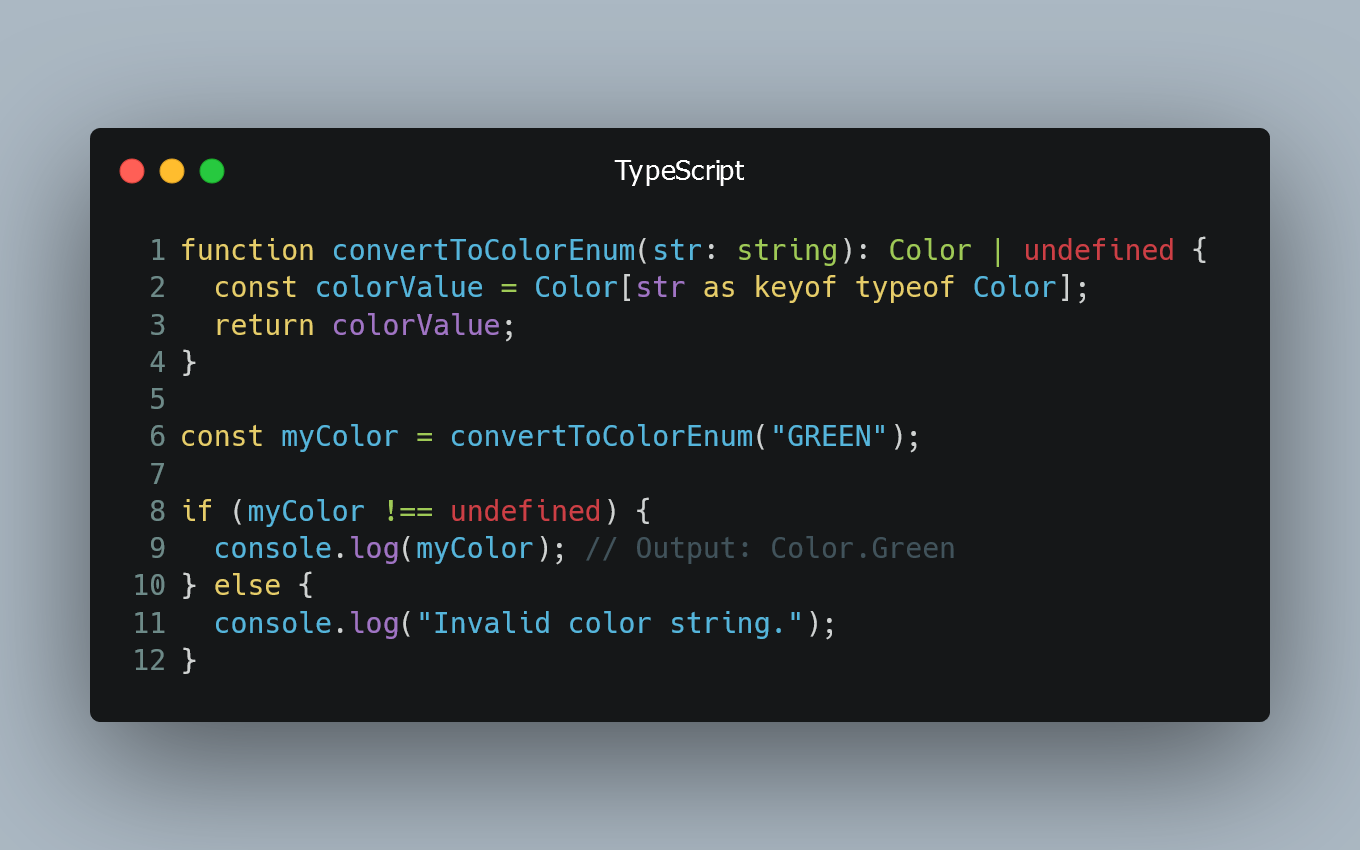
Removing an Array Item
In TypeScript, you can remove an item from an array using different methods, depending on your specific requirements and the version of TypeScript you...
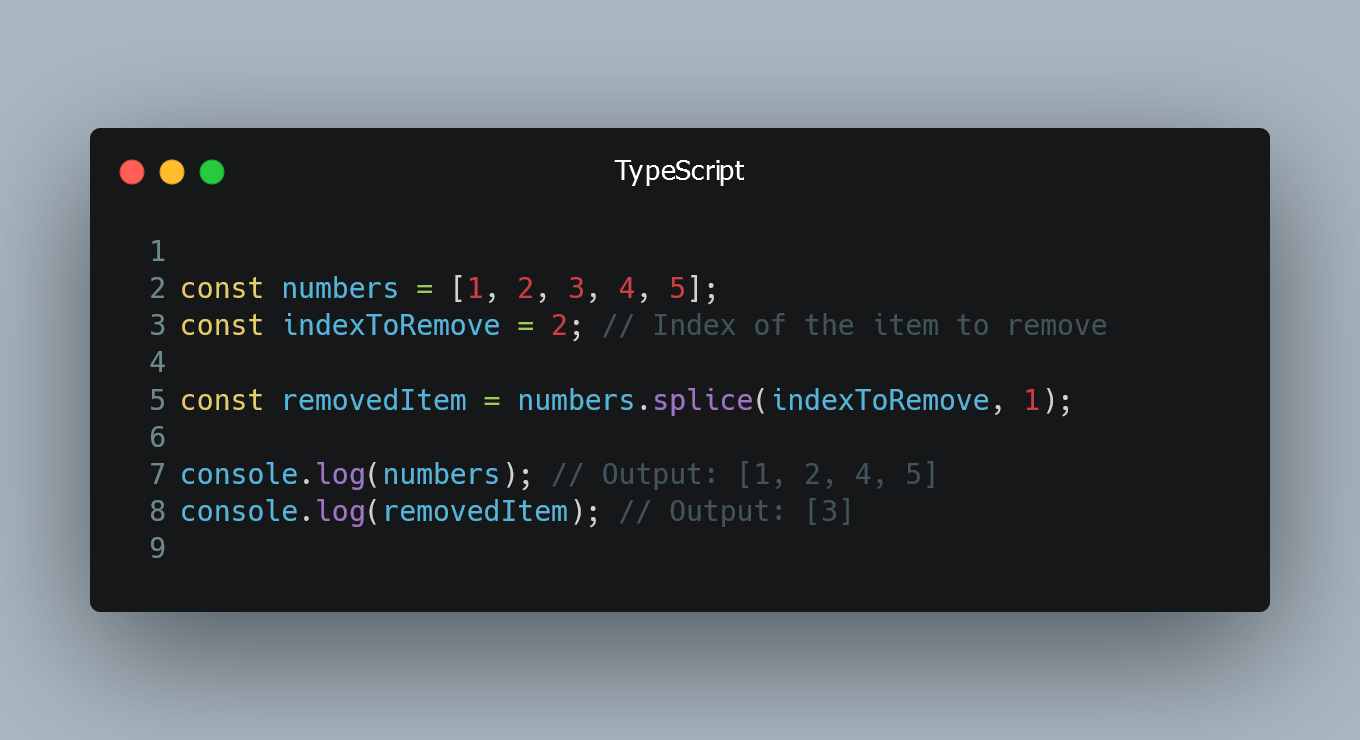
Installing a Specific Version of a Ruby Gem
When working with Ruby gems, you might need to install a particular version of a gem to ensure compatibility with your project. Fortunately, Ruby's pa...
Encrypting HTTPS Headers
HTTPS (Hypertext Transfer Protocol Secure) is a secure version of HTTP that encrypts data to protect it from eavesdropping and tampering.
Understandin...
Killing a Process Running on a Particular Port
In Linux, you can kill a process that is using a specific port by identifying the process ID (PID) associated with that port.
Using lsof Command
The l...


